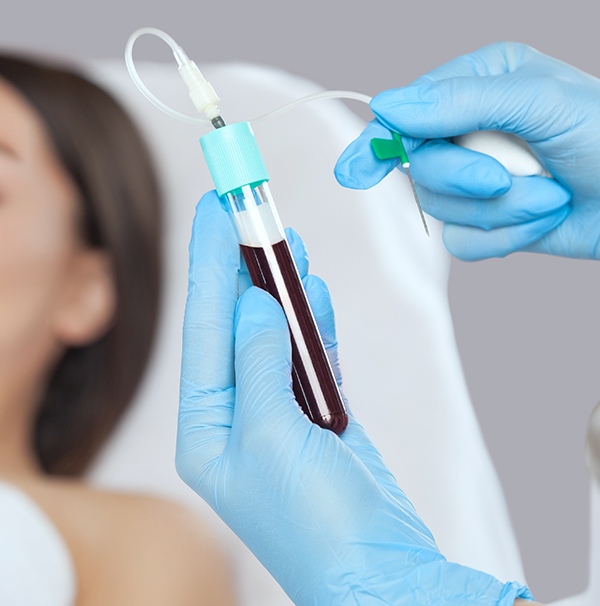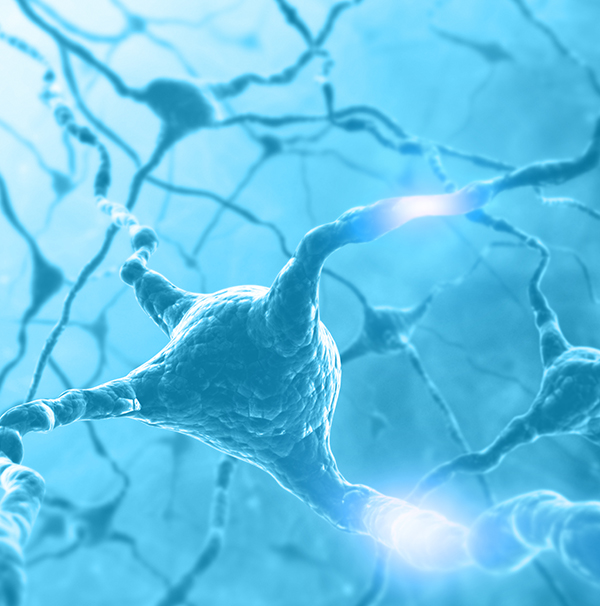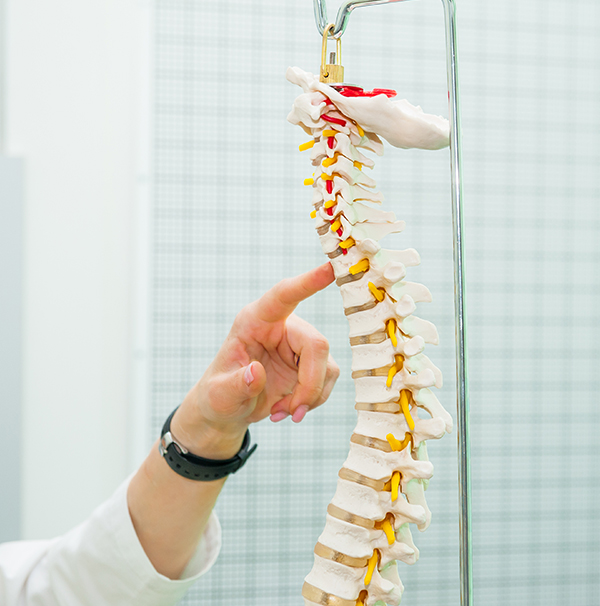A Custom Approach to Interventional Pain Management
Sometimes the pain is too much and sticking with traditional interventional pain management just won’t cut it.
Consulting with each patient, we create a custom, multi-disciplinary approach that will allow you to focus on your life. We use an array of treatments, including pain blocking techniques such as injections, spinal cord stimulation, kyphoplasty, vertebroplasty, RF rhizotomy/neuroablation, and more. We also incorporate medication management, physical therapy, and massage therapy when appropriate. To learn more about these options, use the resources below.

PROCEDURES
 A caudal epidural is an injection at the base of your spine. It’s used to reduce lower back or leg pain caused by a number of different health problems. A caudal epidural is a steroid, therefore it reduces inflammation and pain. This is an outpatient procedure that takes less than 15 minutes and has a very low risk for complications. After getting a caudal epidural, patients report long-term pain relief roughly two to three days after the general numbing has worn off. The lasting effects range from a few weeks to a few months, depending on the person, but can be continued over time to remain pain free.
A caudal epidural is an injection at the base of your spine. It’s used to reduce lower back or leg pain caused by a number of different health problems. A caudal epidural is a steroid, therefore it reduces inflammation and pain. This is an outpatient procedure that takes less than 15 minutes and has a very low risk for complications. After getting a caudal epidural, patients report long-term pain relief roughly two to three days after the general numbing has worn off. The lasting effects range from a few weeks to a few months, depending on the person, but can be continued over time to remain pain free. If you’re struggling with stability and mobility, facet joint injections may be a good option to consider. They involve injecting local anesthesia and steroid medication into the small joints that segment the spine. Facet joint injections can help determine a proper diagnosis regarding the source of your pain while administering relief. In addition to pain relief, these injections are often administered to patients undergoing physical therapy for back-related injuries. The procedure takes about 15-30 minutes from start to finish, followed by a brief waiting period to ensure optimal results.
If you’re struggling with stability and mobility, facet joint injections may be a good option to consider. They involve injecting local anesthesia and steroid medication into the small joints that segment the spine. Facet joint injections can help determine a proper diagnosis regarding the source of your pain while administering relief. In addition to pain relief, these injections are often administered to patients undergoing physical therapy for back-related injuries. The procedure takes about 15-30 minutes from start to finish, followed by a brief waiting period to ensure optimal results. Lumbar/cervical epidurals are outpatient procedures that involve administering injections to relieve pain in a patient’s neck, shoulders, or arms. This epidural targets pain caused specifically by a pinched or inflamed nerve located somewhere along the cervical spine. A lumbar/cervical epidural helps reduce inflammation, swelling, and associated discomfort. If you’re experiencing a pinched nerve, talk to your doctor about whether or not a lumbar/cervical epidural is right for you.
Lumbar/cervical epidurals are outpatient procedures that involve administering injections to relieve pain in a patient’s neck, shoulders, or arms. This epidural targets pain caused specifically by a pinched or inflamed nerve located somewhere along the cervical spine. A lumbar/cervical epidural helps reduce inflammation, swelling, and associated discomfort. If you’re experiencing a pinched nerve, talk to your doctor about whether or not a lumbar/cervical epidural is right for you. An intra-articular injection is simply an injection with the primary purpose of relieving pain. There are a few different types of intra-articular injections, including corticosteroids, hyaluronic acid, local anesthetics, platelet-rich plasma (PRP), and even Botox®. Each of these injections serves a different purpose – for different types of pain relief and inflammation problems. In certain circumstances, intra-articular injections can be used to administer chemotherapy drugs directly into affected joints. The effects of these injections do wear off and should not be used repeatedly in a short period of time.
An intra-articular injection is simply an injection with the primary purpose of relieving pain. There are a few different types of intra-articular injections, including corticosteroids, hyaluronic acid, local anesthetics, platelet-rich plasma (PRP), and even Botox®. Each of these injections serves a different purpose – for different types of pain relief and inflammation problems. In certain circumstances, intra-articular injections can be used to administer chemotherapy drugs directly into affected joints. The effects of these injections do wear off and should not be used repeatedly in a short period of time.
 Medial branch blocks help determine diagnostic information in addition to pain relief. Medial branch nerves are the nerves that lead out of facet joints in your spine and work as a messenger for pain signals to the brain. When a branch block is performed and the pain is relieved, it signals the source of the pain and can be confirmed. This leads to long-term treatment through a medial branch radiofrequency neurotomy (ablation). These are administered through a heat lesion to cease the transmittance of pain from the nerve to the brain while preserving other necessary functions.
Medial branch blocks help determine diagnostic information in addition to pain relief. Medial branch nerves are the nerves that lead out of facet joints in your spine and work as a messenger for pain signals to the brain. When a branch block is performed and the pain is relieved, it signals the source of the pain and can be confirmed. This leads to long-term treatment through a medial branch radiofrequency neurotomy (ablation). These are administered through a heat lesion to cease the transmittance of pain from the nerve to the brain while preserving other necessary functions.
 A sacroiliac (SI) joint injection is used in the diagnosis or treatment of sciatica, lower back pain, or joint dysfunctions. Like most of our other injections, an SI joint injection works to diagnose the source of pain and alleviate any discomfort. The procedure involves numbing of the joint, an injection with contrast for accuracy, and the SI joint injection. If pain is relieved by a noticeable degree, it’s likely that it originated from the sacroiliac joint and an anti-inflammatory medication is added. These injections, paired with physical therapy and rehabilitation, can help the patient reduce long-term pain.
A sacroiliac (SI) joint injection is used in the diagnosis or treatment of sciatica, lower back pain, or joint dysfunctions. Like most of our other injections, an SI joint injection works to diagnose the source of pain and alleviate any discomfort. The procedure involves numbing of the joint, an injection with contrast for accuracy, and the SI joint injection. If pain is relieved by a noticeable degree, it’s likely that it originated from the sacroiliac joint and an anti-inflammatory medication is added. These injections, paired with physical therapy and rehabilitation, can help the patient reduce long-term pain.
 Radiofrequency rhizotomy is a technique used in individuals to manage their levels of pain and discomfort. It uses radio wave energy emitted through an insulated needle to heat the nerve that’s sending pain signals to your brain without destroying the pathway altogether. This is a temporary solution, as the nerve will eventually regenerate, but it delivers a long-term relief from pain. Patients react differently to RF rhizotomy, but pain reduction tends to last anywhere from 9 months – 3 years. During regeneration of the nerve, you can work on physical therapy to try and alleviate the underlying cause of your pain.
Radiofrequency rhizotomy is a technique used in individuals to manage their levels of pain and discomfort. It uses radio wave energy emitted through an insulated needle to heat the nerve that’s sending pain signals to your brain without destroying the pathway altogether. This is a temporary solution, as the nerve will eventually regenerate, but it delivers a long-term relief from pain. Patients react differently to RF rhizotomy, but pain reduction tends to last anywhere from 9 months – 3 years. During regeneration of the nerve, you can work on physical therapy to try and alleviate the underlying cause of your pain.
 Radiofrequency neuroblation is a minimally invasive procedure that uses a needle-like tube (cannula) to emit weak electrical jolts to the nerve that is sending pain signals to your brain. This is done for patients who have continual pain that originates from the facet joints in their neck and/or spine. The electrical signals are used to diagnose the source of the pain and once confirmed, a doctor will cauterize the targeted nerve to block further pain signals from being sent. RF neuroablation usually relieves pain in patients for up to one year, but can vary depending on the person. The procedure takes a maximum of 60 minutes and can be done every 12-18 months.
Radiofrequency neuroblation is a minimally invasive procedure that uses a needle-like tube (cannula) to emit weak electrical jolts to the nerve that is sending pain signals to your brain. This is done for patients who have continual pain that originates from the facet joints in their neck and/or spine. The electrical signals are used to diagnose the source of the pain and once confirmed, a doctor will cauterize the targeted nerve to block further pain signals from being sent. RF neuroablation usually relieves pain in patients for up to one year, but can vary depending on the person. The procedure takes a maximum of 60 minutes and can be done every 12-18 months. In order to move forward with spinal cord stimulation therapy, you need to first go through a trial run to localize the source of pain. A local anesthesia is applied and your doctor inserts a hollow needle containing thin, insulated wires (leads) with electrical contacts attached into your spinal canal area. Each electrode affects a different area, so you will be awakened to provide feedback on if you feel pain relief and if so, where. Once pain relief coverage is complete, you will be sedated again so the doctor can connect the leads to a pulse transmitter worn on a belt. After you’re woken up and recover briefly in the office, you will be sent home with a hand-held controller to adjust stimulation over the course of 5-7 days. When you return, you can discuss results with your doctor to determine further action.
In order to move forward with spinal cord stimulation therapy, you need to first go through a trial run to localize the source of pain. A local anesthesia is applied and your doctor inserts a hollow needle containing thin, insulated wires (leads) with electrical contacts attached into your spinal canal area. Each electrode affects a different area, so you will be awakened to provide feedback on if you feel pain relief and if so, where. Once pain relief coverage is complete, you will be sedated again so the doctor can connect the leads to a pulse transmitter worn on a belt. After you’re woken up and recover briefly in the office, you will be sent home with a hand-held controller to adjust stimulation over the course of 5-7 days. When you return, you can discuss results with your doctor to determine further action.
